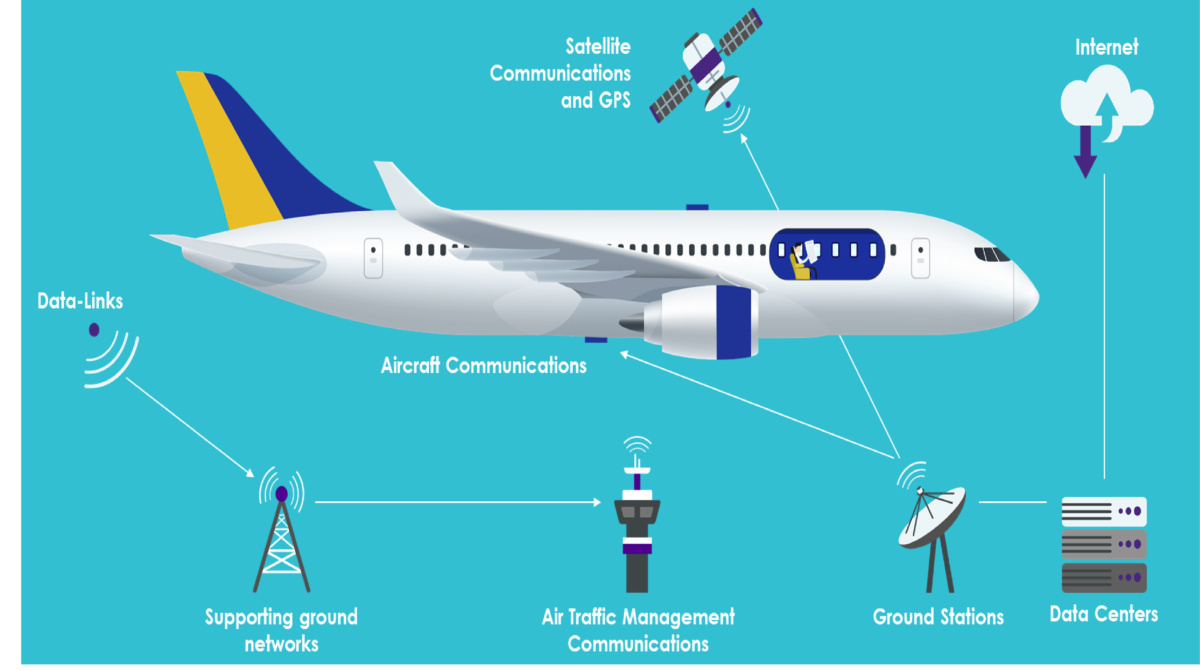Redesigning an air travel experience that is feature-rich, benefit-focused, and passenger-focused is necessary for the commercial aviation industry’s future. It is crucial to rethink components of the aviation ecosystem into an end-to-end ecosystem propelled by connectivity, processors, sensors, and aviation subsystems that can use them. Here is a closer look at these settings and how they might function soon.
- Away
Nowadays, booking your ticket and checking in online from your laptop or smartphone allows you to do it wherever you are. The check-in procedure will likely become automatic soon. An electronic bag token connecting your bag to both you and your destination will get given to you. Your luggage will be collected by attendants the night before your travel, processed, and delivered straight to your airplane or ultimate location. Also, based on your preferences and risk profile, you’ll know when to leave your house and where to park: How much time do you need to spend at the airport before your flight? Do you want to shop and eat lunch at the airport before getting to your gate? In other words, your arrival time will be as early as possible, and more of the flight will fit into your timetable.
- Airport
Passenger transportation within and between terminals and concourses will be stress-free by highly integrated airport systems. For instance, the airport will incorporate biometrics. As your personal security avatar, your biometric token will follow you on every leg of your journey, enhancing passenger flow efficiency and ensuring punctual departures and arrivals. Your smartphone will drive you to particular eateries, stores, and activities. And when connecting to another flight, your smartphone will promptly lead you to your gate by the shortest path.
- Airline
The aviation ecosystem is now connected by a highly dependable, global network, allowing airlines to offer the most convenient routes and timetables. This ecosystem includes flight crews, caterers, luggage handlers, and airport systems. These connections will soon use the most recent generation of aircraft data, according to David goodnight of Austin, Texas. Improved service and a better passenger experience will result from more data and data analytics.
- Aircraft
Connectivity, processors, and sensors will get used to improve, streamline, and reduce stress during boarding. With your personal laptop, tablet, or smartphone, you can access the same entertainment selections at home. However, the seating and other cabin interior systems will influence air travel in any part of the aircraft environment. Whether sitting in the main cabin, business class, or first class, the correct combination of legroom, seat breadth, and available features will top the list of high-touch, high-feel demands. Also, to further improve your in-flight experience, your lighting, pillow, blanket, snack, and meal preferences will be stored in galley systems and shared with the cabin crew.
- Airspace
The world’s airspace is evolving, according to David goodnight of Austin, Texas. Systems will interact with connected aircraft to enable group decision-making that improves airline economics, the environmental impact of flight operations, and more aircraft flying at closer distances from one another. Ground systems, airborne systems, and planning tools won’t operate in this optimized ecosystem in a fragmented manner.




